THE CONTEMPORARY HISTORY: SPAIN IN THE 20TH AND 21ST CENTURY
DIFFERENT SYSTEMS OF GOVERNMENT IN THE XX CENTURY
In the XX century in Spain we have had different systems of government:
MONARCHY This is the king Alfonso XIII (1886-1931)
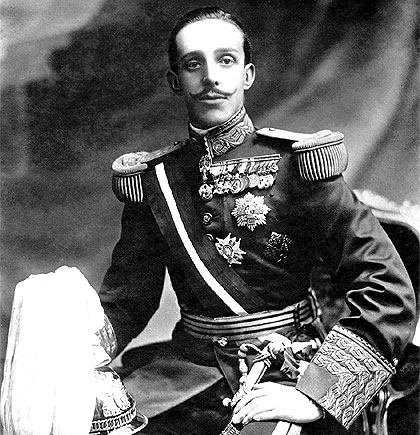
Presidents: Alcalá Zamora ( 1931-1936) and Manuel Azaña (1936-1939)
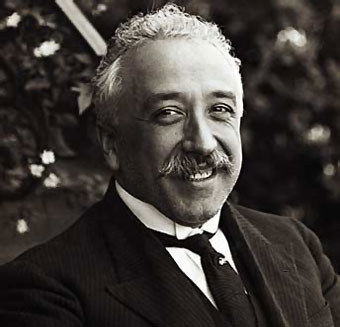

 click on the link
click on the link
DICTATORSHIP: Franco (1939-1975)
THE CONSTITUTION WAS ABOLISHED
ALL POWER WAS CONCENTRATED IN ONE PERSON
POLITICAL PARTIES ANS LABOUR UNIONS WERE BANNED
THE STATUTES OF AUTONOMY WERE REVOKED
CENSORSHIP WAS PUT INTO PLACE
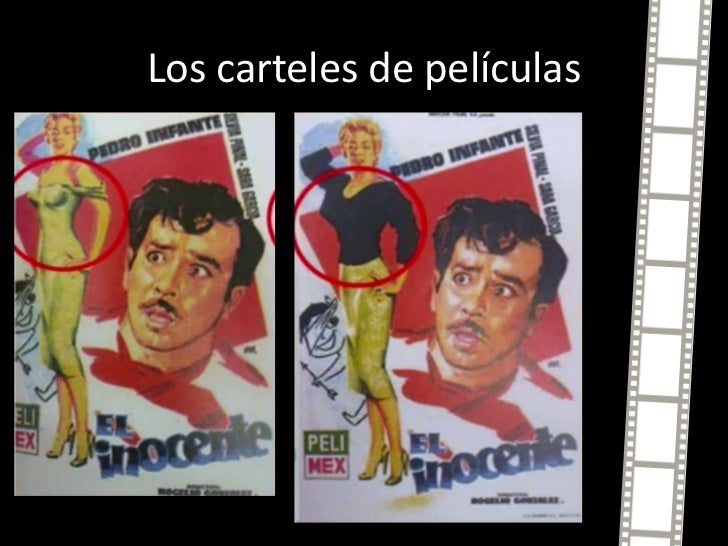 |
At first, Spain was internationally isolated. However, beggining in 1950, the economy improved and foreign relations returned to normal. As an example of it, the next video shows the first visit of Eisenhower, president of USA, to Spain.
YOU CAN WATCH THIS SHORT SUMMARY TO REVISE...
TRANSITION AND DEMOCRACY : Suárez (1976-1981) was the new president
After the death of Franco in 1975 (click here to watch the real images), Juan Carlos I was crowned King of Spain.
The king appointed Adolfo Suárez as president.
Adolfo Suárez launched a series of reforms to prepare for the first democratic elections held in Spain since 1936. As part of this preparation, political parties and unions were legalised. If you want to watch the electoral manifesto of Adolfo Suárez for the general elections in 1977, click on HERE.
Click here to listen to the radio the day the PCE (Partido Comunista de España) was legalised. That piece of news was very important. The party that Franco had prosecuted so much was being legalised at least! That´s why the journalist who read the news had been running to read it on the radio. He was exhausted!
In 1977, representatives of the major political parties, voted by the citizens, drafted a Constitution. It was approved by Parliament and by the Spanish people in 1978.
Here you have a video about the transition to Democracy in Spain
And if you click on the photo of Adolfo Suárez you´ll see a short video about his life and death from Al Jazeera, a qatari TV.
In 1981, Adolfo Suárez resigned as President of the Government. Click here to watch the video.
23F: THE COUP
Would you like to see what happened?? You can see the real images of that day! It is amazing! We are lucky. Nothing happened in the end thanks to these brave people.
Click on the image to read the Constitution 1978.
In 1978, Spaniards voted in favour of the Constitution in a referendum (Click on the word to watch it).


THE DEMOCRATIC GOVERNMENTS
These have been the presidents of Spain since 1981 till nowadays.


SPAIN AT PRESENT
Spain is a Parliamentary Monarchy (Parliament + Monarch). This means that King Felipe VI is the Head of State, but he must accept the decisions made by Parliament.
The Parliament of Spain is called Las Cortes. It approves laws and controls the government. The Parliament is made up of two chambers:
The Congress of Deputies
and the Senate. Their members are elected every four years in general elections by Spanish citizens older than 18 years old.
This video shows how some Southafrican children visited the Parliament of the adults to talk about environmental problems of their country.
The government
This building is La Moncloa. It is where the President lives. The President is in charge of the government and must explain the government´s actions to the Congress of Deputies.
The ministers help the President of the Government in many areas: education, health-care, research, defense, culture, economy etc. The next picture show the ministers of Spain in 2020.
The Courts of Justice assure that laws are obeyed. They judge anyone accused of commiting a crime.
 |  |  |
| The Supreme Court (Madrid) | The Constitutional Court (Madrid) | This photo shows the Court of Justice in Torrejón de Ardoz. |
ART AND CULTURE IN THE 20TH AND 21ST CENTURY
PAINTING
PABLO RUIZ PICASSO: Cubism.


SALVADOR DALÍ
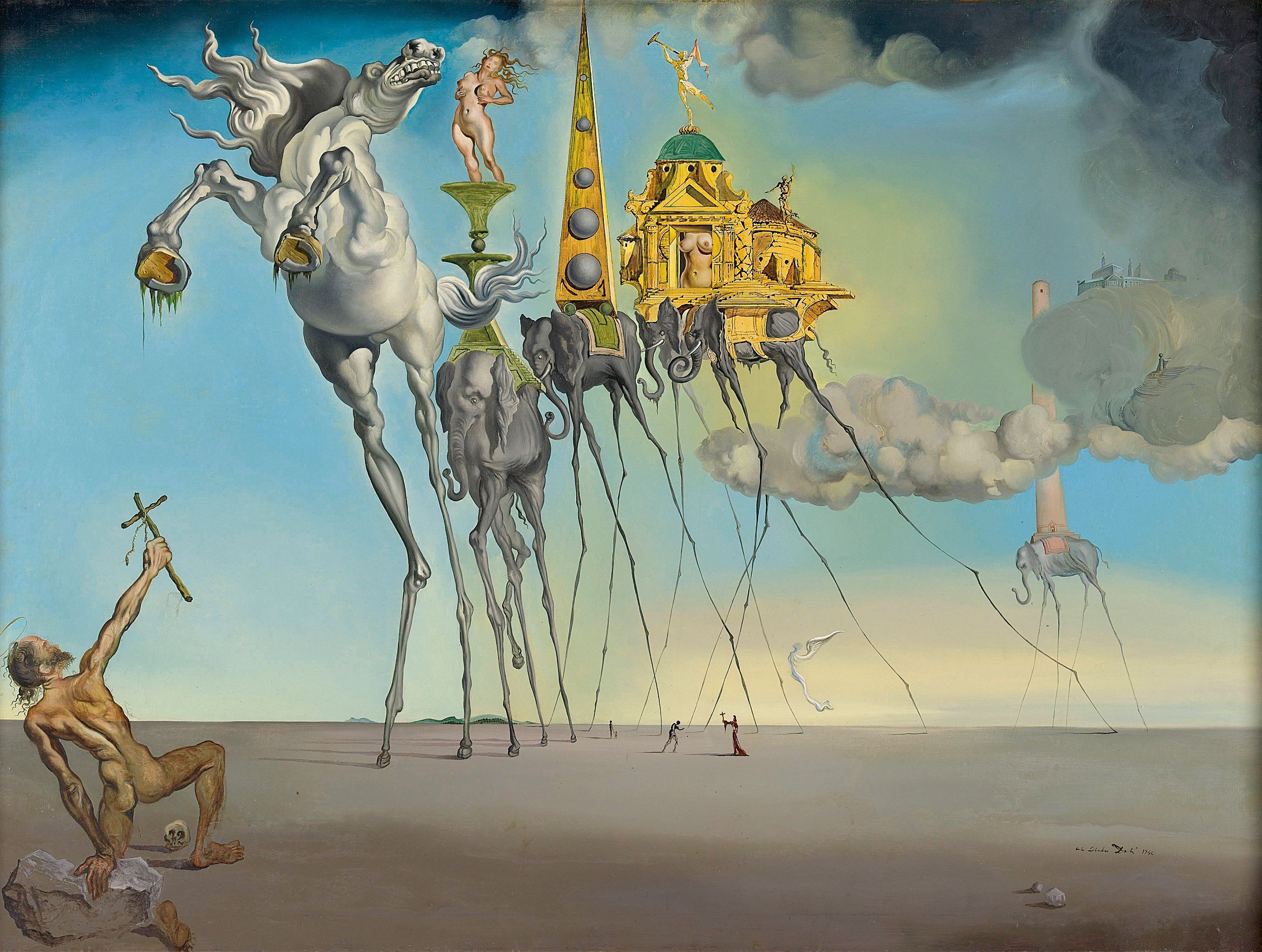

JOAN MIRÓ
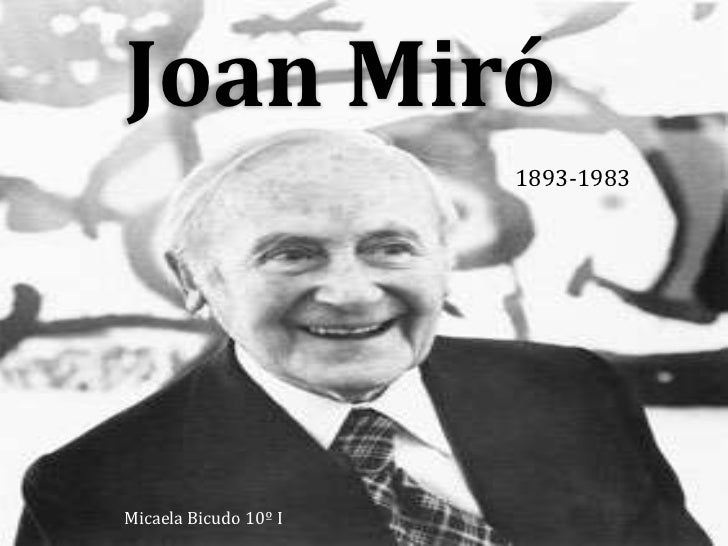
SCULPTURE
EDUARDO CHILLIDA

PABLO GARGALLO


JUAN MUÑOZ
ARCHITECTURE

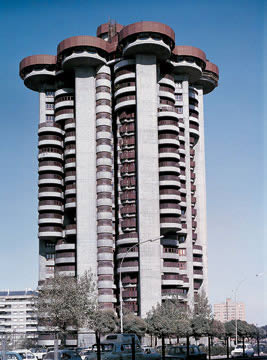
LITERATURE
PLAYWRITERS
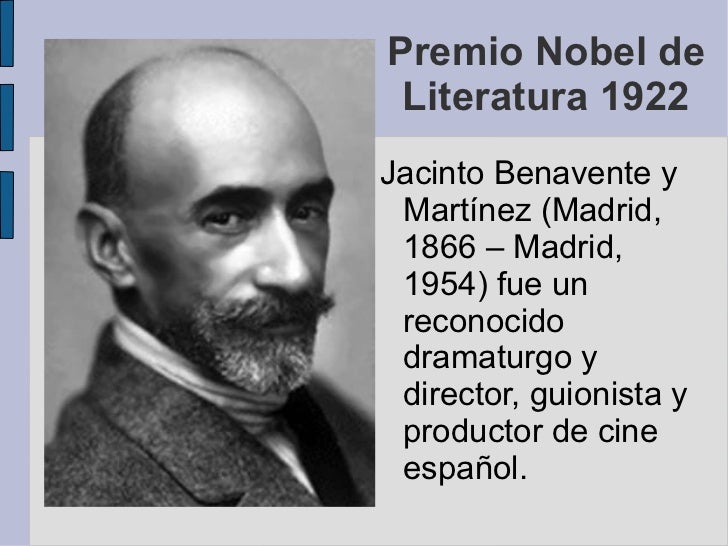
FERNANDO FERNÁN GÓMEZ
POETS Generation of '27
NOVELISTS

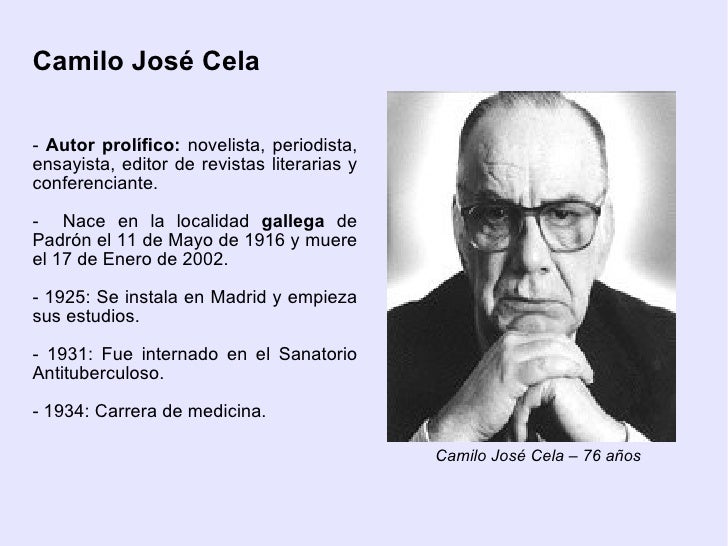
Fuente: Aula virtual Severo Ochoa / Social Science Our World Santillana / http://ifgblogifg.blogspot.com/p/science-6.html


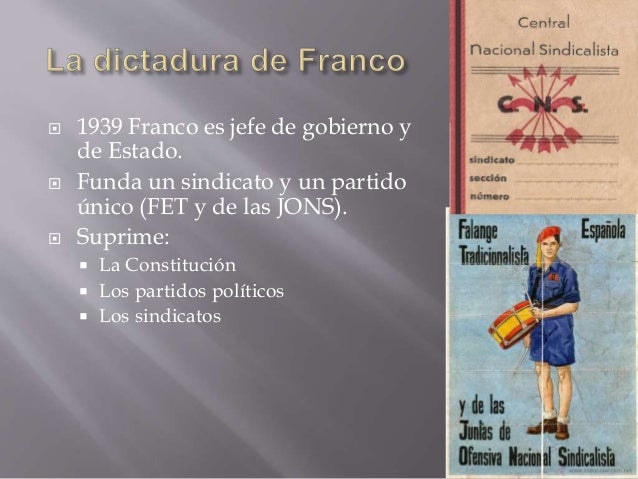
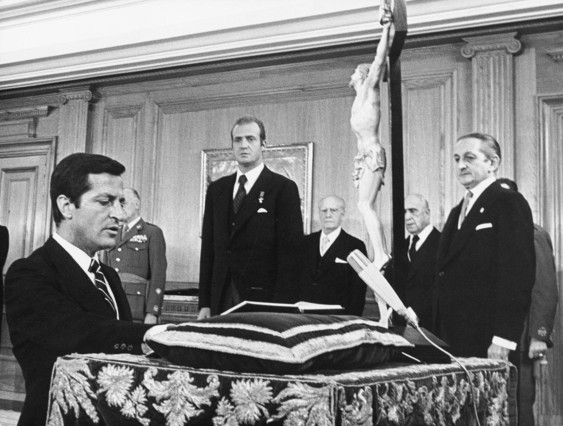











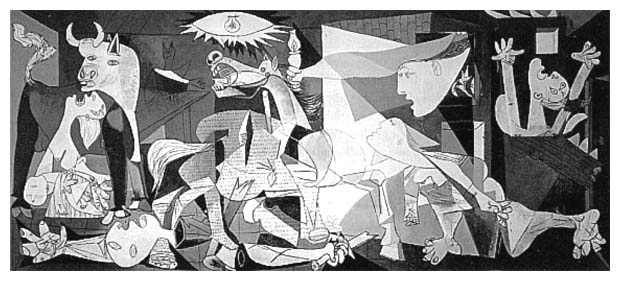








Hola
ResponderEliminar